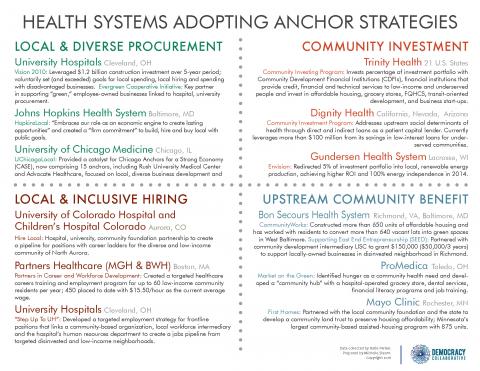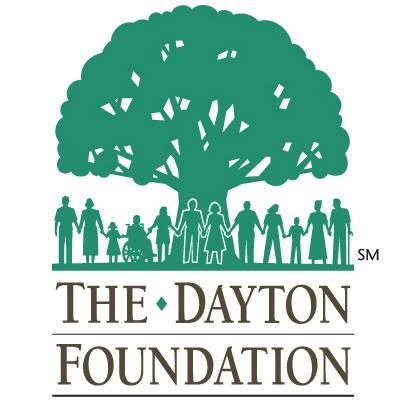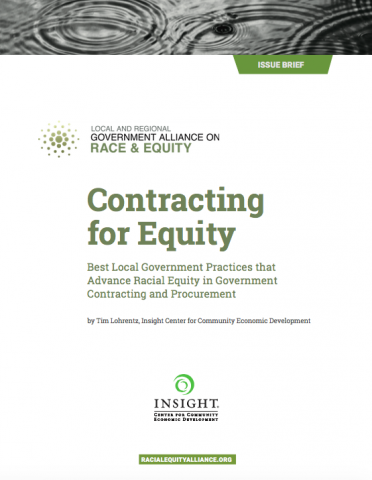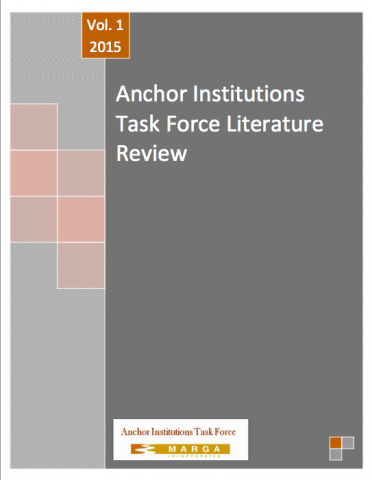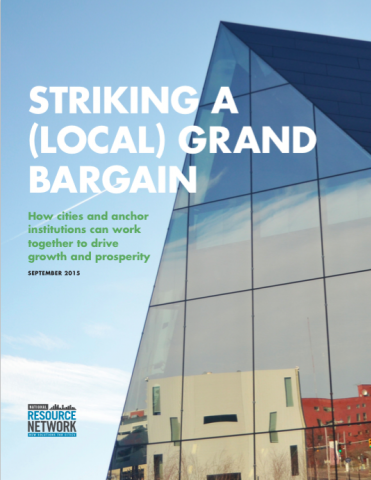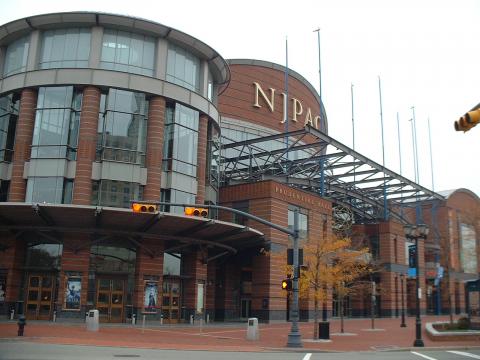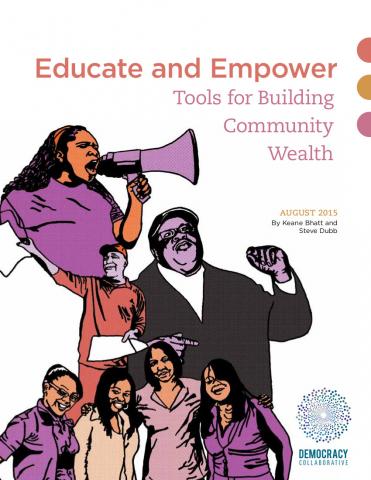Established in 1962, The University of Wisconsin Center for Cooperatives aims to increase understanding and encourage critical thinking about cooperatives by fostering scholarship and mutual learning among academics, the cooperative community, policy makers, and the public. One key project is its Annual Cooperative Business Survey, which collects basic financial data from cooperatives to provide a baseline for understanding financial management across cooperatives sectors. Read more about The University of Wisconsin Center for Cooperatives...
